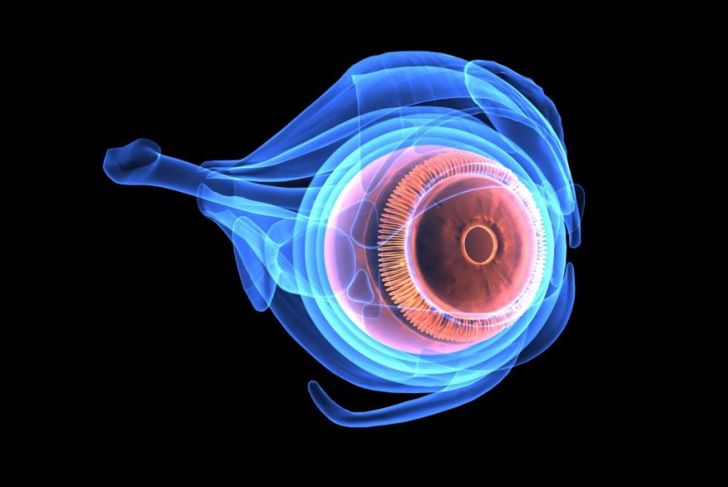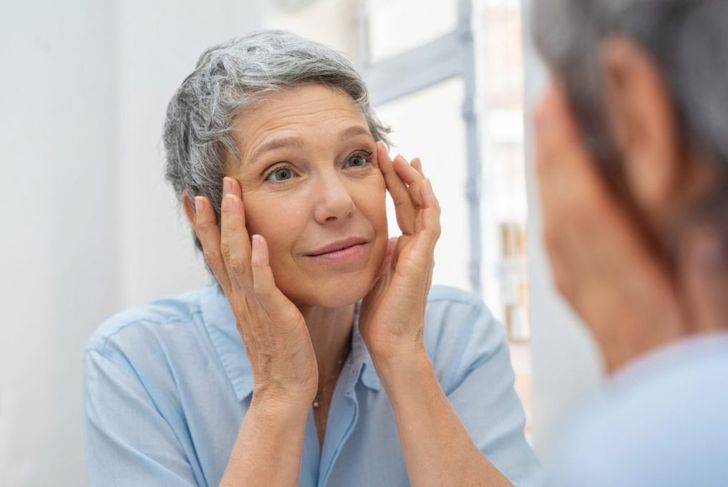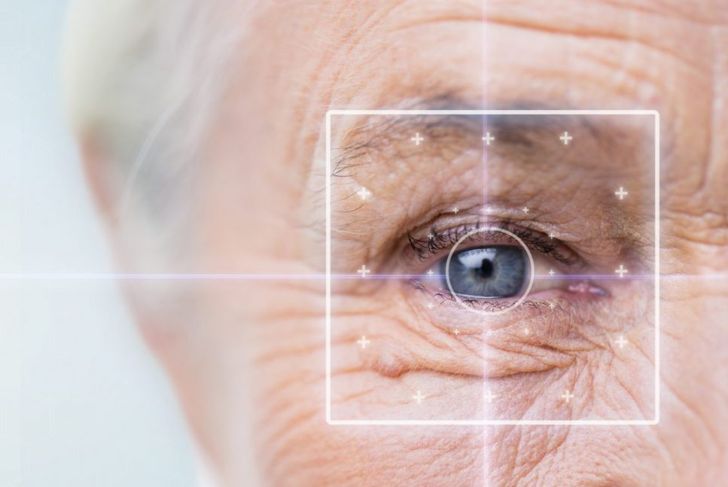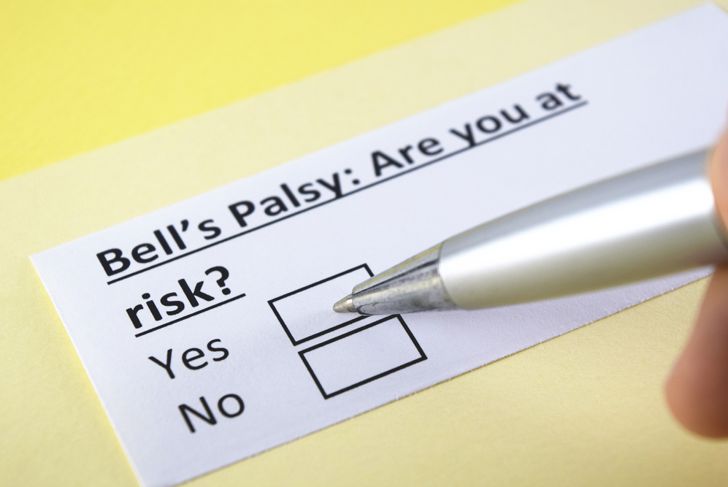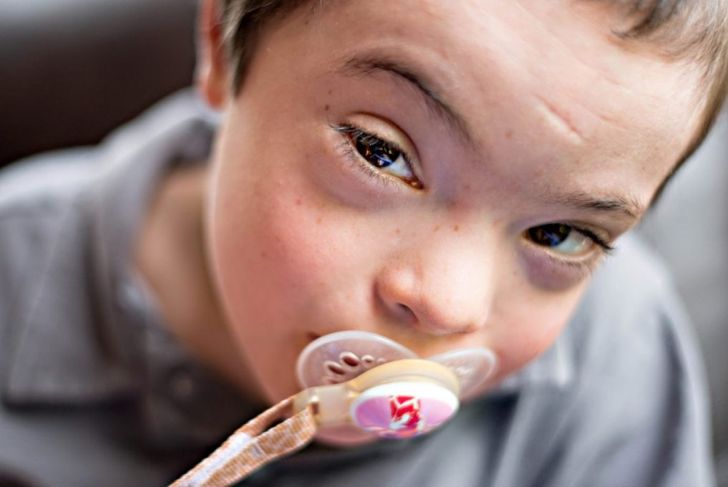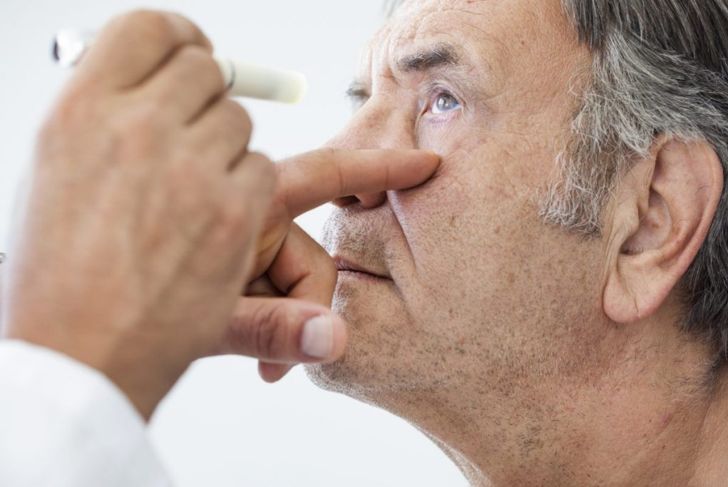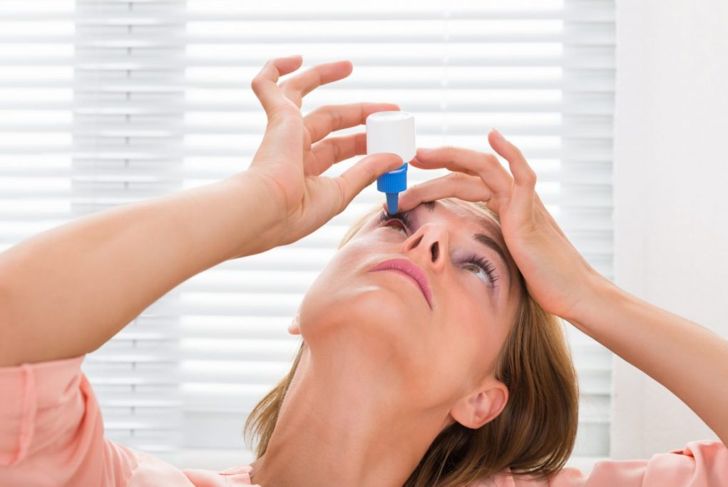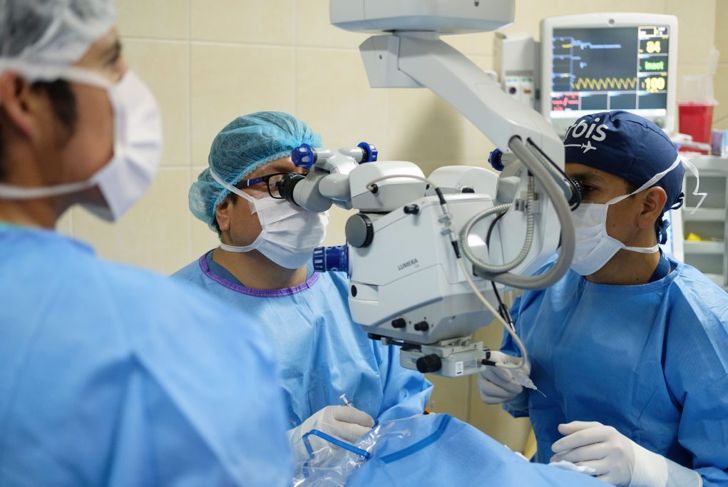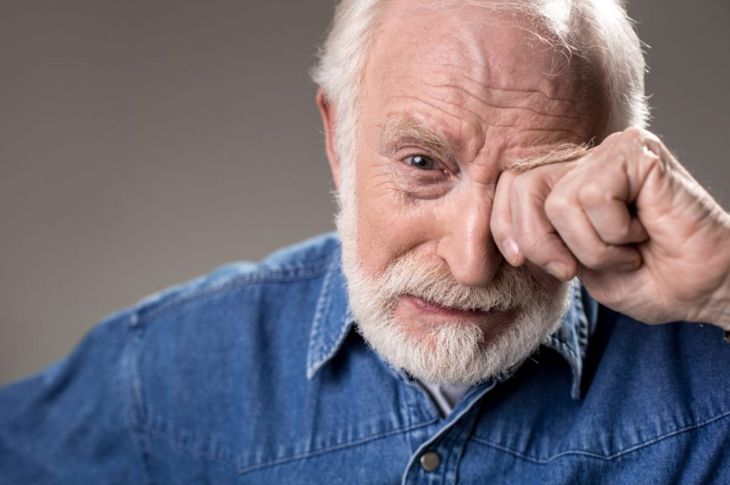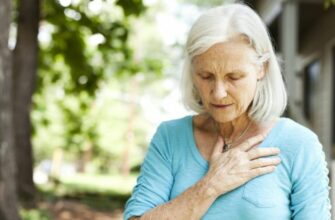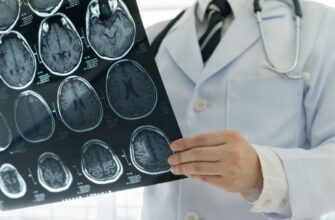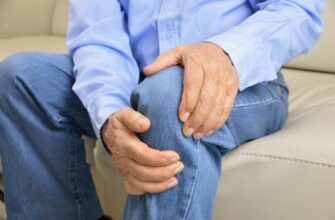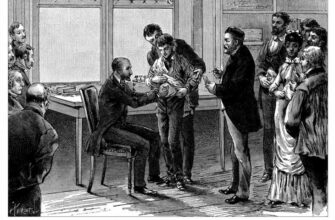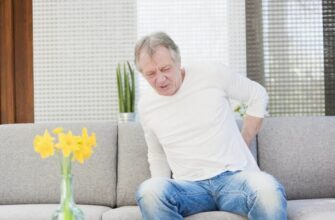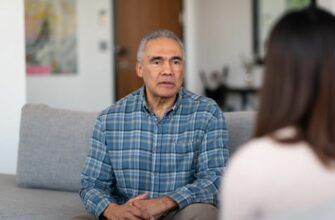Reduced vision, cataracts, and dry eyes are common issues of aging, but an additional condition associated with the aging process, called ectropion, can affect the eyelid. Ectropion is an eye disease where the lower eyelid droops away from the eye and turns outward, leaving the eye itself exposed. It may occur in one eye or both. The good news is that it is treatable and optometrists can diagnose it through a routine eye exam.
Symptoms of an Ectropion
The primary symptom is a drooping lower lid on either or both eyes. The lid and the white of the eye may be visibly red. The eyelid’s purpose is to protect the eye, but when the eye is left exposed, it can cause a dry and gritty feeling that can progress to pain. Another symptom is excessive tearing, or epiphora, where the eye produces excessive water. The cornea may become inflamed, causing a condition called keratitis. Ectropion could also cause recurring or long-term bacterial infections or conjunctivitis.
Types of the Ectropion
There are five types:
Involutional ectropion is the result of aging. The collagen and the elastic fibers in the tissue around the eye weaken, causing the eyelid to become loose.
Cicatricial ectropion is caused by scarring, which could be the result of an eye infection, injury, or complication from eye surgery.
Paralytic ectropion occurs following a problem with the facial nerve.
Mechanical ectropion develops when a tumor or cyst pulls the eyelid down.
Congenital ectropion occurs from birth in individuals with Down’s syndrome, ichthyosis, and blepharophimosis syndrome.
Common Causes of Ectropion
As the body ages, the skin loses its elasticity. The condition occurs when the connective tissue around the eyes relaxes, and the lower eyelid begins to droop. Normally, the upper and lower eyelids can close tightly and protect the eye. However, this condition diminishes that ability. Without this tight seal, tears that protect the eyeball evaporate too quickly to do their job, resulting in dryness that leads to additional issues such as infections, corneal abrasions, and corneal ulcers. Ulcers, cysts, or tumors on the eyelid could also cause it, as can strokes.
Rare Causes of an Ectropion
Although less common, there are other potential causes. Bell’s palsy is temporary facial paralysis caused by an injury or trauma to facial nerves. It affects one side of the face and may prevent the eyelid from closing completely, causing the condition to occur. A fungal infection called Chromomycosis can cause the condition, as well. It occurs in tropical and sub-tropical climates and happens when the skin is touched by a plant that carries the fungus.
Congenital Causes of the Ectropion
Children with Down’s syndrome may experience the congenital version of ectropion. In some cases, it occurs in the upper eyelids instead of the lower in children with Down’s. On rare occasions, babies born with it do not develop the issue until a few weeks after birth. People with a genetic skin disorder called ichthyosis may also be born with ectropion. As with Down’s syndrome, the condition doesn’t always present immediately and could occur at any time, affecting both upper and lower eyelids.
Diagnosis of Ectropion
In most cases, a simple eye exam is all that is needed to diagnose ectropion. An eye doctor may discover the condition during a routine physical exam, and will often refer the patient to an eye specialist or ophthalmologist. The eye specialist will examine the tissue surrounding the eye, as well as the eyelid, to determine an accurate diagnosis and treatment. He or she may ask questions regarding dryness of the eye or any pain associated with the condition. Additionally, the doctor will ask about any sensitivity to light, or if it feels like there is a foreign substance in the eye.
Treatment of Ectropion
If the eyes are constantly watering, there is a decrease in vision, excessive dryness causes pain, or there is sensitivity to light, the patient will require evaluation by a physician. If dryness is not corrected, corneal abrasions or serious eye infections could occur. Lubrication, such as ointments or artificial tears, may be used to relieve dryness and irritation if symptoms are mild. Serious eye infections can result in vision loss. In the case of ectropion caused by injuries or previous surgery, the specialist will determine if a patient requires additional surgery and skin grafts.
Surgical Treatment for Ectropion
An eye specialist will determine the condition of the tissue around the eye and decide if an individual needs surgery. In more severe cases, this may be the best method of treatment and can fully correct the issue. If the condition is due to aging, the procedure usually entails the removal of a small part of the eyelid on the outer edge, then stitching the lid back together. The surgeon tightens the tendons and muscles, which allows the eyelid to once again rest against the eyeball.
Ectropion vs. Entropion
Entropion is a similar eye condition but involves the eyelid turning inward toward the eyeball instead of away from it. This issue is more likely to occur in older adults, and the treatment options and symptoms are very similar. With entropion, mucous discharge and a crust often form on and around the eyelid, and there may be sensitivity to both light and wind. The individual may also experience pain, vision loss, and increasing redness.
Caring for the Condition
Treating the dryness in the eyes may ease other symptoms. Most often, a doctor will prescribe eye drops during the day, and an ointment with an eye shield at bedtime. Avoid wiping the eyes excessively with the hand or a tissue, because it pulls at the eyelid and could cause the symptoms to worsen. Gently wiping upwards and inwards towards the nose, only when needed, will deter further damage.

 Home
Home Health
Health Diet & Nutrition
Diet & Nutrition Living Well
Living Well More
More